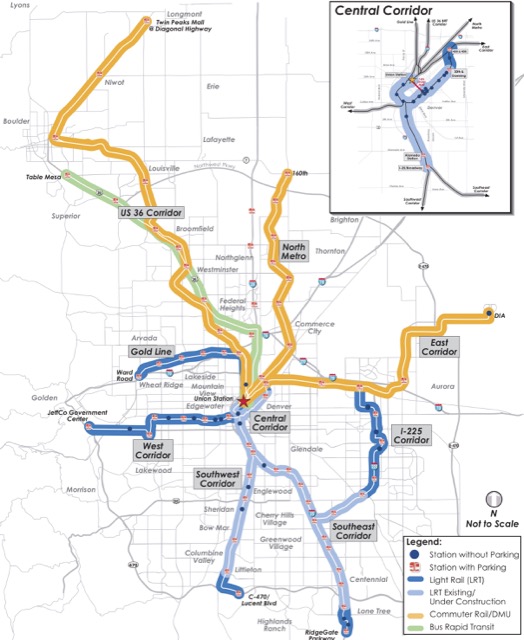A commentary in Governing magazine argues that the Trump administration erred in demanding that California return the federal grants used to build its incomplete high-speed rail project. After all, the alternative to not building it is to build it, and that would require at least another $35 billion in federal funds, which Trump does not want to provide.
The other problem is that demanding a refund for incomplete projects creates a perverse incentive for states and cities to finish projects even after they have realized they are a waste of money. “Sometimes common sense wins out only after construction of a megafolly has begun,” says the commentary. “States and cities shouldn’t have to complete projects that they never should have started just to avoid returning federal money they’ve already spent.”
The commentary specifically cites the Honolulu rail line, whose costs have grown from $5 billion when it received federal funding to nearly $10 billion today. The project has been so mismanaged that the Federal Transit Administration has filed three subpoenas for thousands of pages of records. The city probably has enough money to finish 16 miles of the planned 20-mile line, but if the federal government demands a refund if the entire line isn’t finished, it will have to impose another $3 billion or more in taxes on local taxpayers to finish a white elephant. Continue reading








